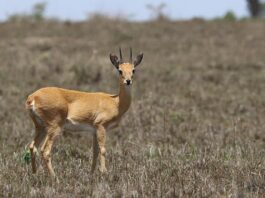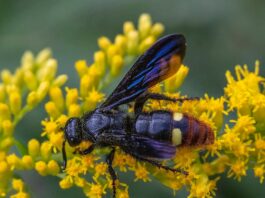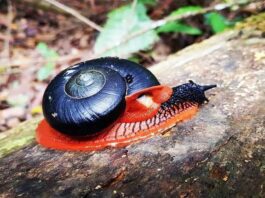If burned out has a face, vizcacha is exactly what it looks like. This rodent is just as fluffy as all bunnies out there but the facial expressions are absolutely hilarious. I know that vizcacha is not a popular animal which is why I am here to talk about them today. Below is some interesting information about this adorable rodent with a disappointing countenance. Let’s see if you also find them fascinating as well.
1Appearance
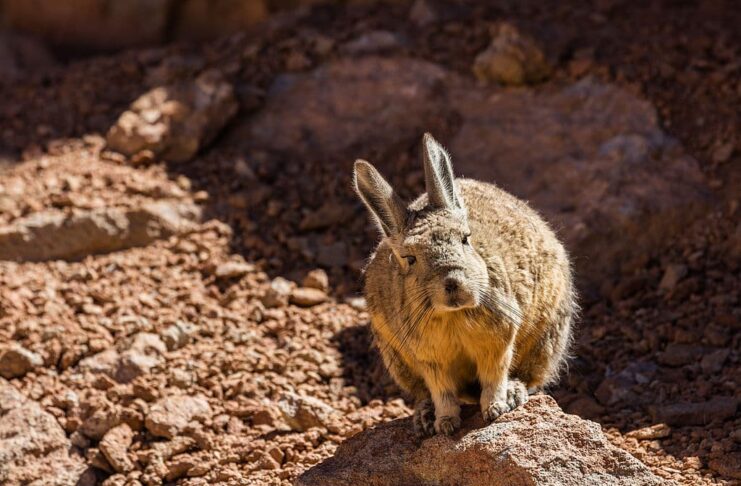
Looking like a rabbit because of the long ears, a vizcacha is actually more like a giant mouse. It has a slender body of somewhere from 30 to 45 centimeters in size. Males are much larger, and they have a bigger head than females. This rodent has dense, long, and soft fur along with short forelimbs, long hind limbs, and a long bushy tail. Its long tail is 20 to 30 centimeters, just slightly shorter than its body length. The fur on the upperparts of the body is dark gray to brown, often with a dark stripe down its back. As for the underparts, the fur is gray, white, or yellow. The tail of a vizcacha is blackish with a black or reddish-brown tip, and its tail also shows its emotions. If it is at ease, its tail is curled, and the tail is extended when it is distressed.
2Behavior
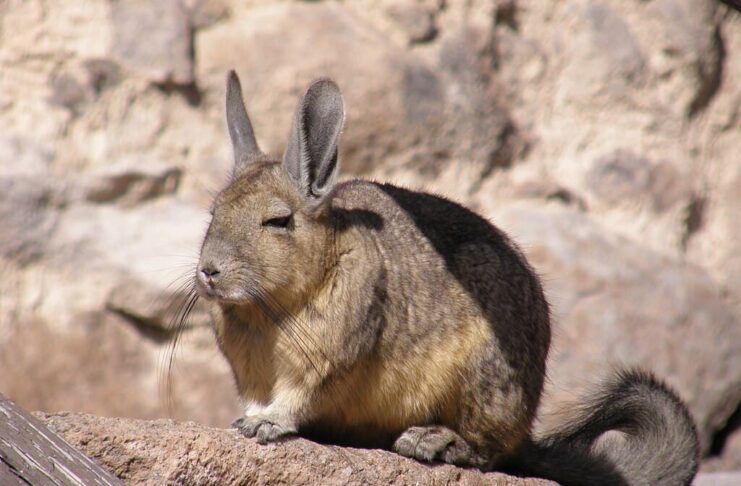
This bunny-looking rodent likes to warm itself in the morning sun so it is not uncommon to see them sunbathe. When it does so, it closes its eyes, puts its ears down, and vibes with the sun, looking super chill. Vizcachas are gregarious animals, and the mountain species sometimes form large colonies that range from a few individuals to hundreds. Everyone in the colony usually hangs out around ledges and rocks during the day. When the night comes, they shelter in deep rock crevices and narrow stony tunnels. With strong hind legs and feet, vizcachas can jump from rock to rock with both ease and speed.
3Feeding & Habitats
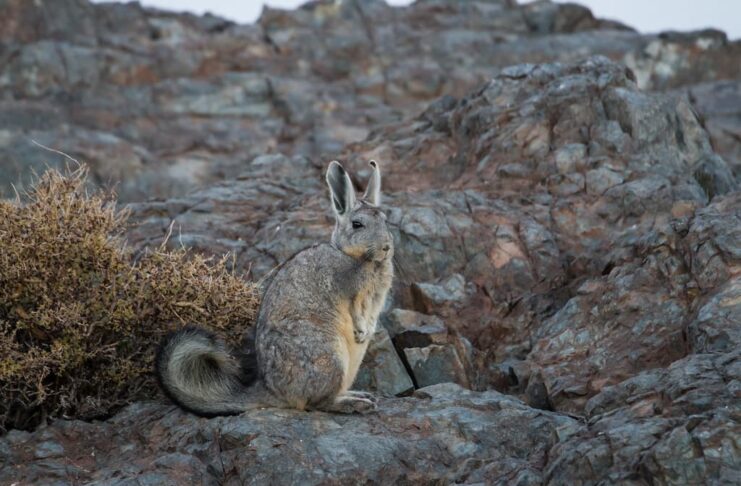
Vizcacha is native to South America, and has a range in various countries from Argentina to Bolivia, Chile, Ecuador, Paraguay, and Peru. They inhabit dry and sparsely vegetated rocky cliffs, slopes, and outcrops where they feed on lichens, grasses, and mosses. Their population hasn’t been doing well in the last decade because of habitat loss due to fires and land conversion. Along with that, pine tree plantations for timber extraction also affect the growth of native plants that they feed on. People also hunt them for their fur and meat, and their pelts are considered a luxury to some people.
Related Post: Marmot Facts


